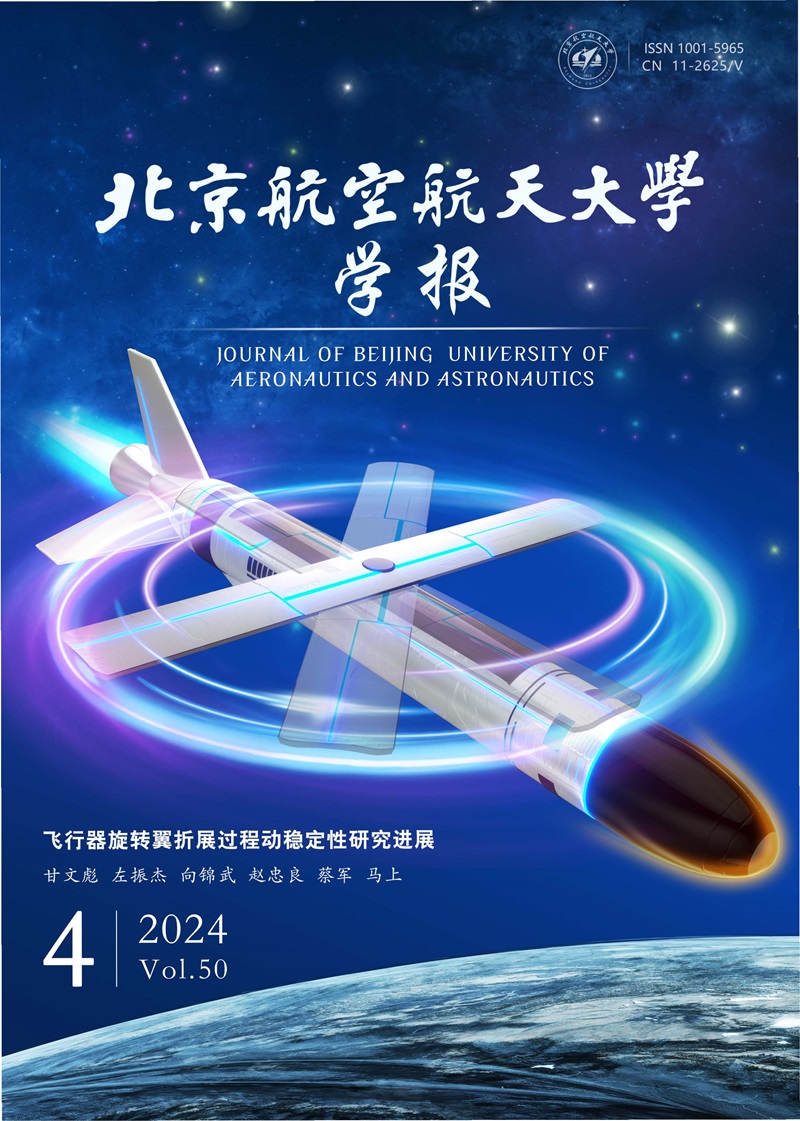2004 Vol. 30, No. 12
2004, 30(12): 1151-1154.
Abstract:
2004, 30(12): 1155-1158.
Abstract:
2004, 30(12): 1159-1162.
Abstract:
2004, 30(12): 1178-1181.
Abstract:
2004, 30(12): 1182-1185.
Abstract:
2004, 30(12): 1191-1194.
Abstract:
2004, 30(12): 1195-1199.
Abstract:
2004, 30(12): 1200-1203.
Abstract:
2004, 30(12): 1204-1207.
Abstract:
2004, 30(12): 1212-1215.
Abstract:
2004, 30(12): 1225-1230.
Abstract:







 XML Online Production Platform
XML Online Production Platform

